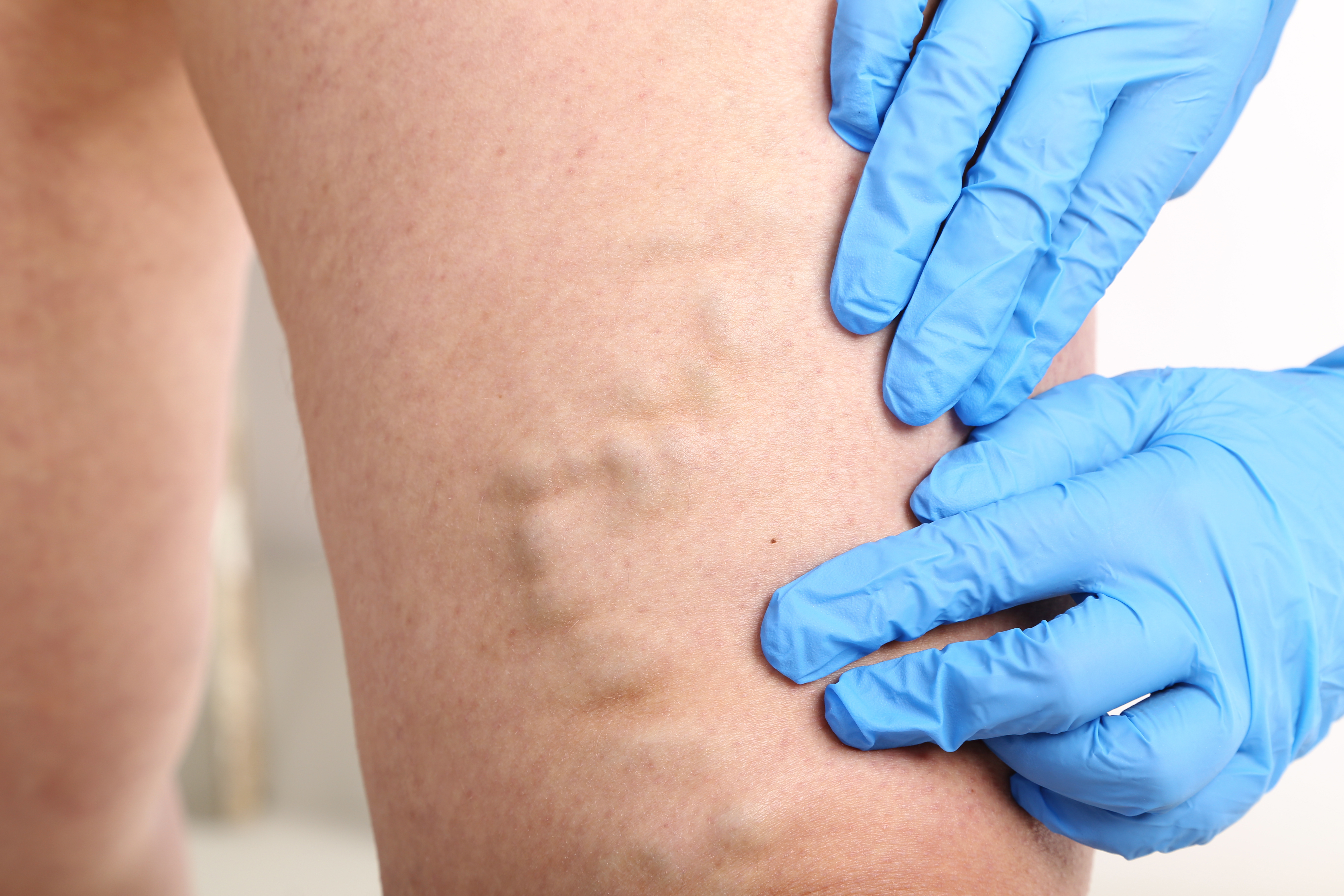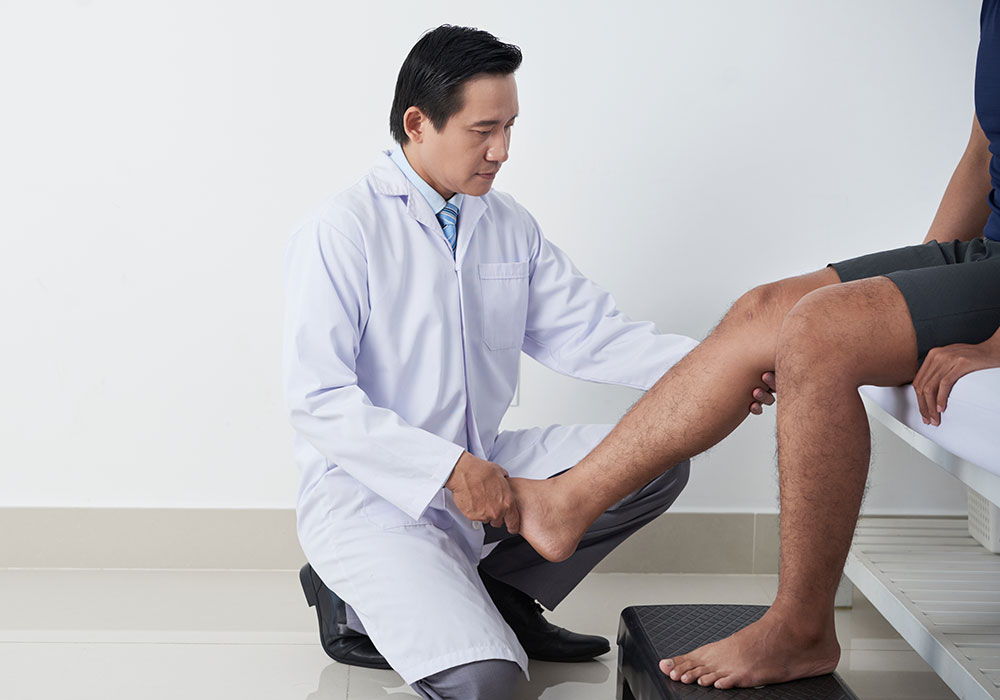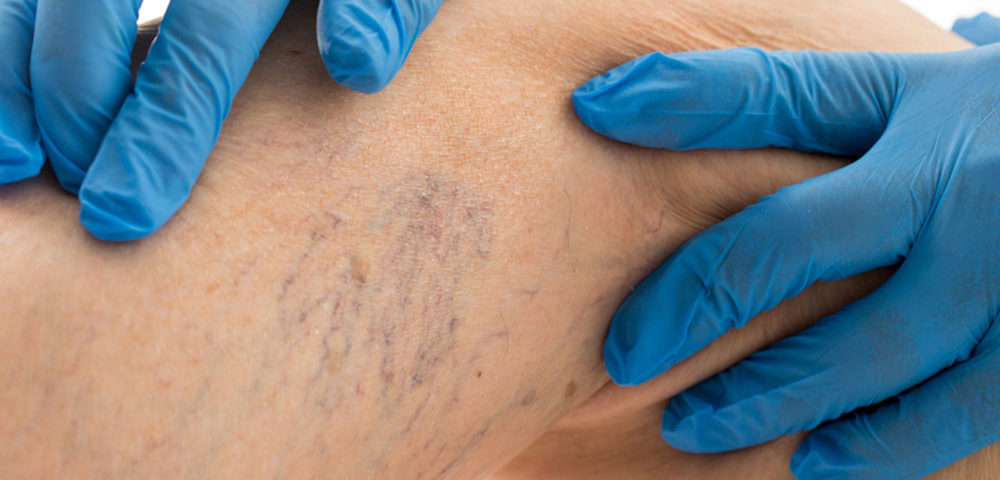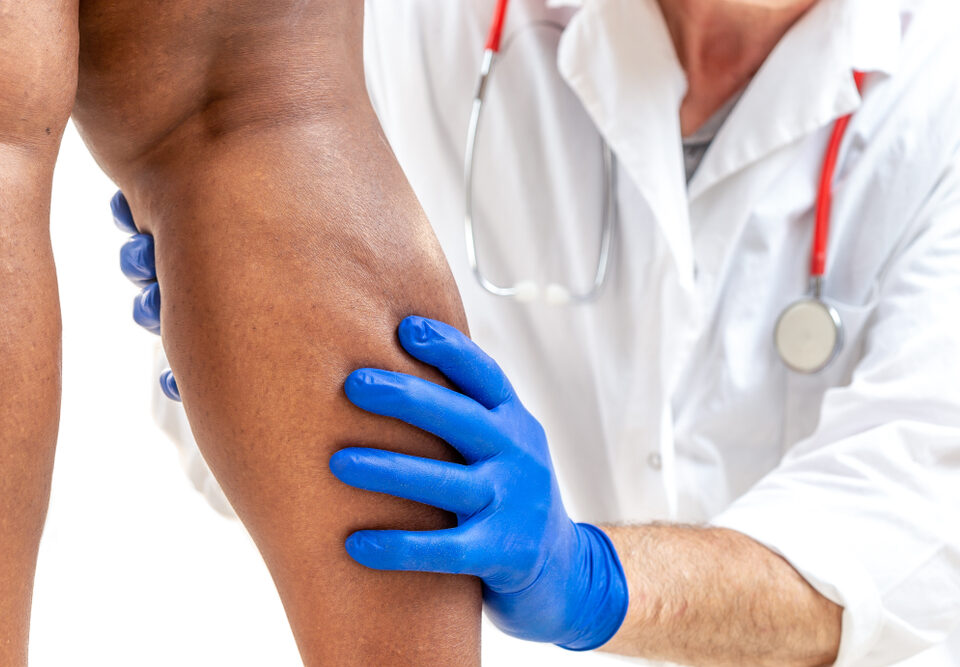
How Do I Know if I Have Chronic Venous Insufficiency?
November 19, 2019
Why We Get Leg Veins and How to Treat Them Near Me
November 20, 2019Spider Veins Howard County, MD
If you have bothersome leg veins or are concerned about developing them, you may be wondering: What causes spider veins in Howard County, MD? Are they dangerous? Can I do anything to prevent them?
To find out the answers to these questions and learn if you’re at risk for spider veins, read on.
What Causes Spider Veins in Howard County, MD?
Many patients with branched veins on their legs want to know: What causes spider veins? Spider veins are dilated blood vessels that typically appear on the lower extremities and face. They are usually red or purple in color with a weblike appearance.
In most cases, spider veins are the result of venous insufficiency. Venous insufficiency is a vascular condition in which diseased or damaged valves allow blood to flow backward and pool in veins. As pressure increases, veins become enlarged and visible at the surface.
Additionally, hormones, injury, and sun damage can also contribute to the formation of spider veins.
Are Spider Veins Dangerous?
The good news is that spider veins are usually considered a cosmetic concern. However, spider veins that present with leg swelling, heaviness in the legs, restless legs, and/or
aches, pains, and cramps in the legs, should be evaluated by a vein specialist.
Accordingly, if you experience any uncomfortable symptoms, call our office today to schedule an evaluation of your spider veins in Howard County, MD.
Who’s at Risk for Spider Veins?
In addition to wondering – What causes spider veins? – you may also be curious who is at risk for spider veins in Maryland. Risk factors for this vascular condition include: Family history of varicose veins or blood clots, obesity, sedentary lifestyle, a job that requires prolonged periods of sitting or standing, pregnancy, and hormonal changes.
Spider veins are also more common in women, and an individual’s risk increases with age.
Learn More About Spider Veins in Howard County, MD
If you would like to learn more about spider veins in Howard County, MD, please contact our office today to schedule a consultation with one of our highly-skilled and experienced providers.



